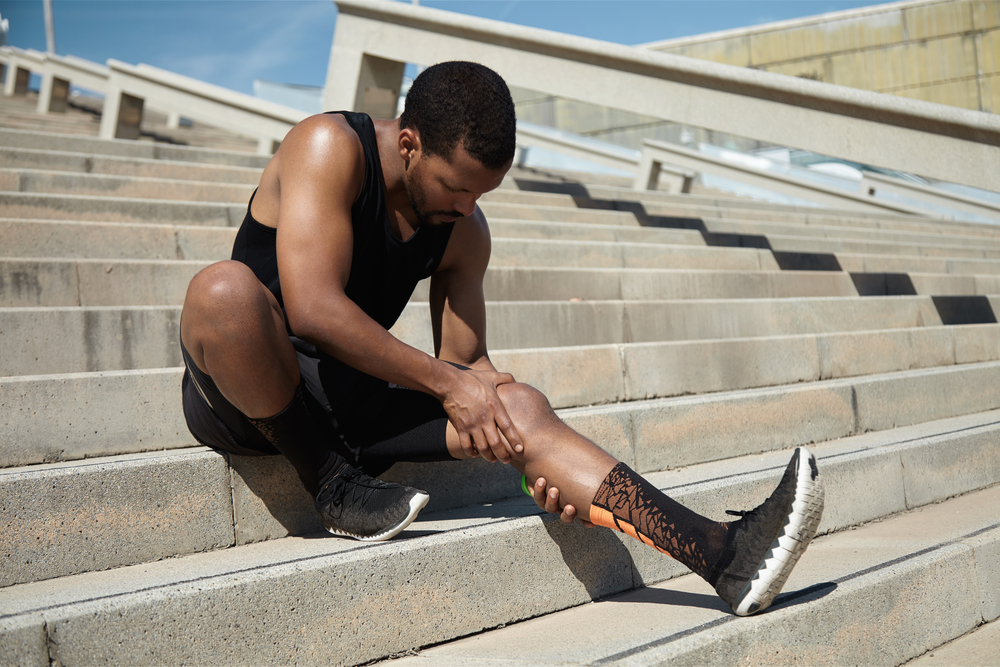
Sometimes referred to as a “pulled” muscle, a muscle strain happens when muscle fibers are stretched beyond their normal capacity. Sometimes, overstretching results in tiny tears in the muscle tissue that can lead to inflammation and pain.
At Jersey Integrative Health and Wellness, our team helps patients recover from muscle strain injuries as quickly as possible, helping people resume their regular activities while still supporting complete healing. In this post, learn why muscle strains happen and when you can expect to return to exercise and other strenuous activities.
Muscle strain basics
Muscle strains typically happen when you overwork a muscle, usually through muscle overload, overuse, or repetitive use. Strains can happen at any time, but they’re more likely to happen when the muscle is already tired and you continue to push its limits.
Lots of muscle strains happen during exercise or sports, especially those involving running, jumping, or throwing. But even everyday activities, like lifting or repetitive squatting, can lead to strains, especially if you’re relatively inactive. Falls and poor posture can lead to muscle strain, too, especially in your back, shoulders, and neck.
To some extent, muscle strain symptoms can vary depending on where they occur and on their severity. Common symptoms include:
- Muscle soreness
- Cramping
- Tenderness to the touch
- Palpable knots in your muscles
- Bruising
- Weak muscles
- Reduced range of motion
- Muscle stiffness
Muscle strain in your neck or upper back can lead to chronic headaches, as well.
Treating strains
Very mild strains can be treated conservatively with RICE: rest, ice, compression, and elevation. More severe or long-lasting strains require active management by our team.
We offer multiple muscle strain treatment options, depending on the severity of your strain and other factors. Many patients benefit from a combination of therapies, including:
- Osteopathic manipulative treatment (OMT) to relieve pain and muscle spasms
- Physical therapy to reduce inflammation and restore function
- Acupuncture relieves both pain and inflammation accompanying your strain
Our holistic approach to care focuses on promoting natural healing while allowing you to resume your regular activities over time.
Returning to activity
Many muscle strains resolve within a week or so, once initial inflammation and swelling have subsided. Even with mild strains, it’s important not to overdo it. Swimming, walking, and stretching are good activities to begin with, increasing intensity gradually.
Moderate to severe strains require a longer recovery period. In these instances, you should expect a healing timeline lasting a few weeks to several months for very severe strains and muscle tears.
Longer recovery time doesn’t mean you should be inactive. In fact, healing is enhanced with gradually increasing levels of activity. Our team customizes your recovery routine, focusing on physical therapy activities and at-home exercises to help you get back to your pre-injury activities as quickly as possible.
Heal quickly with patient-centered, holistic care
Getting sidelined by a muscle strain can be frustrating, but it’s important to remember that healing takes time. Pushing too hard can cause additional injury and a longer recovery time.
To learn how we can help you get back to your routine as quickly as possible, request an appointment online or over the phone with the team at Jersey Integrative Health and Wellness in Wayne and Jersey City, New Jersey, today.


